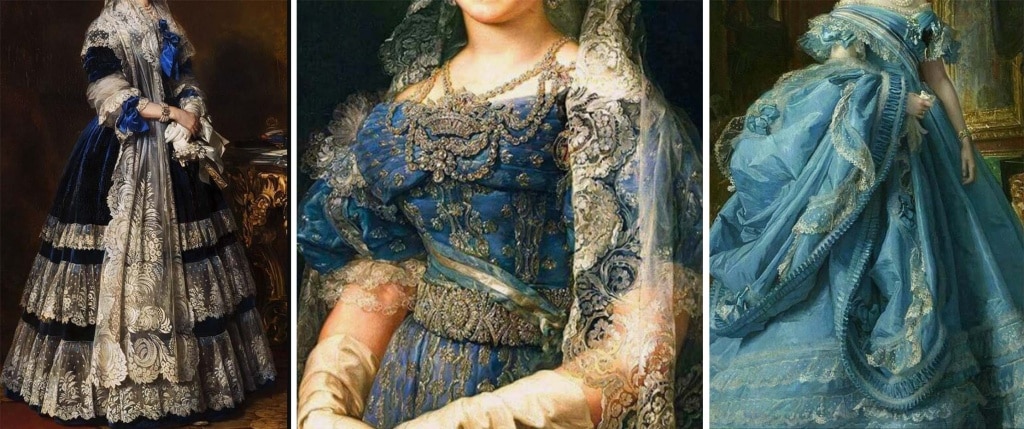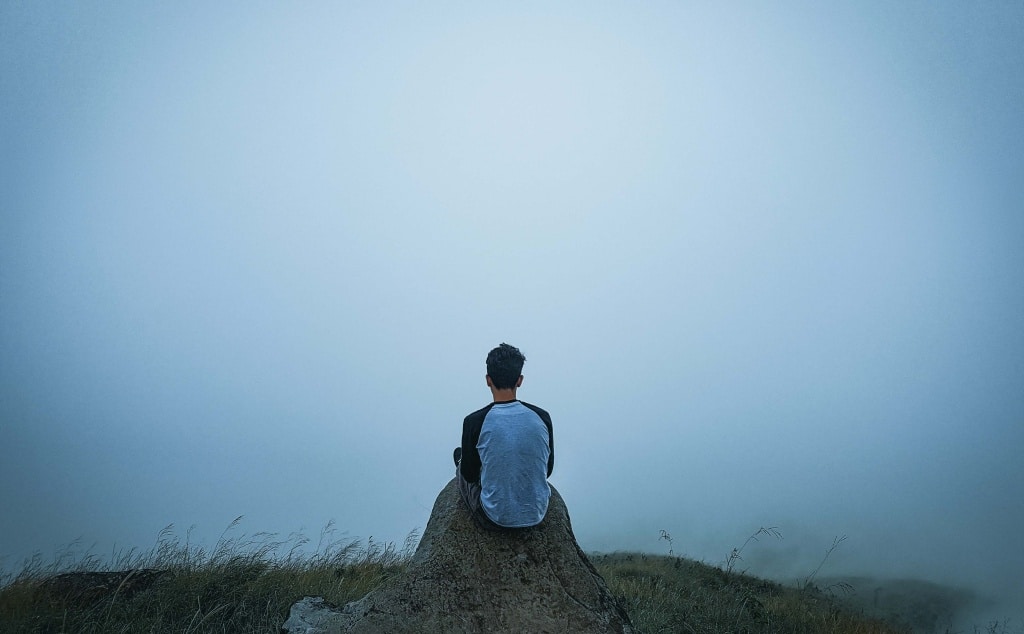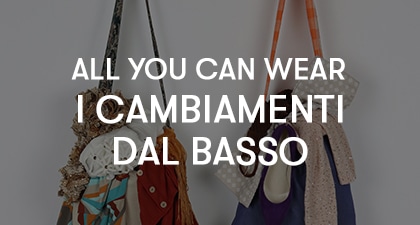
This episode of our series dedicated to color features the blue. It has been some time since the last color analyzed, and to make up for it, we have chosen to explore the most beloved color in all its shades.
The Most Beloved Color
According to numerous studies, blue is one of the most beloved colors worldwide.
Surely one reason for this preference is that we are surrounded by blue in nature and have experienced it since the dawn of our species. In contrast, think of the color violet, and how its rare presence in nature makes it an elusive color associated with the spiritual and transcendent realm.

The Four Primary Psychological Colors
With this article, we are on the third of the four primary colors. We can now begin to compare yellow, blue, red, and green from the perspective of their psychological effects (always remembering that these are not universal laws, but guidelines influenced by context and individual characteristics).
Blue, as we will see shortly, is the color that influences our mind.
Red, in contrast, provokes primarily physical reactions. Red increases heart rate and can trigger the “fight or flight” response, the innate physiological reaction to danger.
Yellow, as we will explore soon, is the color that excites because it acts on the nervous system and is psychologically the strongest color.
Finally, green is the color of balance and harmony. It contrasts the physicality of red and the intellect of blue. Green balances the mind (blue), the body (red), and the emotional self (yellow).

Blue Was Once Considered a Feminine Color
As we discussed when talking about red, blue was once considered a feminine color. This anecdote might be surprising, but once explained, it will make perfect sense.
At the beginning of the 20th century, when children began wearing colors, blue was considered more suitable for girls than pink. Pink, being a muted red, has always been associated with qualities like strength and action, traditionally linked to power and warfare (predominantly masculine domains). Blue, on the other hand, being a calming, tranquil, and reflective color, was more easily associated with the feminine sphere.

The Positive and Negative Meanings of Blue
As mentioned earlier, blue influences our mind. Like all colors, it carries both positive and negative meanings depending on its tone or usage.
If blue becomes too overwhelming, it brings out its negative effects. These commonly include emotional detachment, coldness, and insensitivity. In Western cultures, blue is associated with sadness and depression, as reflected in the phrase “feeling blue,” which means feeling down.
Blue can also negatively impact our appetite: imagine a blue strawberry or a blue piece of bread. It would likely make you nauseous! This “fun fact” is related not only to the psychological meanings of blue but also to its near absence, until recently, in the culinary world.

Now let us focus on the positive aspects of blue. Because we perceive so many shades of blue (due to its prevalence in nature), its symbolic meanings are equally diverse.
The positive qualities of blue are associated with states of tranquility, reflection, and serenity. It brings us clarity and facilitates logical thinking.
Light blue is an excellent color for relaxation, while darker blue enhances concentration. Turquoise is a rejuvenating shade, reminiscent of crystal-clear water, evoking the same feeling of vital renewal.

Blue in Clothing
In general, blue conveys integrity and honesty, which is why it is widely used by large companies for the uniforms of employees who interact with the public, to make them appear serious and authoritative without seeming unapproachable.
Dark blue conveys a certain degree of conservatism, while light blue promotes openness to friendly and relaxed dialogue. In school uniforms, blue is also an excellent choice because, depending on the shade, it can help with concentration, open-mindedness, and constructive exchange of opinions.

In general, blue should be worn in its lighter shades when we want to appear or feel cordial and friendly, and to instill a sense of calm in ourselves and others. Dark blue is best worn when the goal is to appear authoritative and well-informed. Turquoise, on the other hand, facilitates communication and the exchange of ideas, as well as a sense of creativity.

However, blue should be avoided when working with others to achieve a common goal: for example, in team sports or during team building sessions.
In the mood for blue?
If reading this article has made you crave some blue, we have some vintage and second-hand alternatives ready for you, directly from our online wardrobe.



Aspesi Blue Shirt Jacket, Kenzo Vintage Silk Pants, Aspesi Aqua Green Jacket.



Vintage Australian Sweatshirt, Vintage Blue Organza Skirt, Moncler Wool Cardigan with Padding.



MAX&Co. Quilted Jacket, Turquoise Dress with Beads by Nico Fontana, Calvin Klein Jeans Jacket.
Thank you all for reading, and we’ll see you next time with a new color!
Bibliography:
Karen Haller, “The Little Book of Color.”
.








